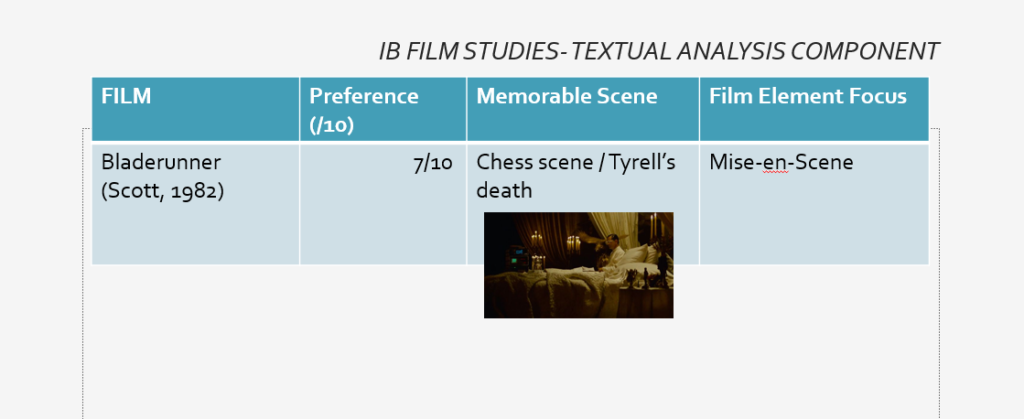UNCUT GEMS (directed by the Safdie Brothers)
Of course, whether or not a film is good is subjective, however it is arguable that some ‘well-respected’ films display similar traits – most of which come under the efficient ‘micro and macro’ aspects of filmmaking.
Uncut Gems, a film released in 2019 under the genres: crime, drama and thriller on the IMDb website; is a perfect example of a well-made film in this context. The film follows a flawed protagonist ‘Howard Ratner’, as he essentially throws his life away as well as his family’s money and legacy.
Portrayed through an almost first-person narrative, the film seems less like an objective view of Howard’s life but rather a second lens of his own; this could be interpreted via the cinematography and editing: continuous shots used multiple times throughout which focus the main character in the centre of the frame. As a result of many shots which linger on Howard from the same perspective – without cuts – the pace of the film is enhanced. It is a sort of illusion for the audience who may feel like the timeline is relative to real life because of the lack of intense or rapid cuts to include more action or characters. Another important result of this is the connection created between the viewer and the protagonist, (arguable) as there is a clear bias in events which are almost all presented as fragments of his life. The style of the film appears to be a character study – character based, rather than one which would rely heavily on plot.
Sound is used in a subtle yet influential manner consistently; the original score which is mainly made up of electronic music could be a symbol for the inevitable downfall of Howard and his own sanity and confidence in himself and his decisions. It increases in intensity and volume as the film continues and as the protagonist finds himself deeper in his own ‘mess’. Additionally, the blue hue used in a similarly increasing state on screen represents the potential loss of emotions or ‘morals’ themselves as this downward spiral occurs. This and the aforementioned aspect of the film editing is a perfectly in sync accomplice to Adam Sandler’s chilling acting, that which gives a window into the appearance of a ‘regular man’ who is knowingly ruining his life, without knowing how to amend it.
The Safdie brothers successfully use symmetry by keeping Howard Ratner centre frame often with the aid of inanimate objects on set. On occasion, levels can be seen to represent the protagonist’s mental state or ‘power’ over his own destructive personality. Combinations of specific low camera angles partnered with props placed below Sandler could be interpreted as allegories of power; in the opposite manner, higher camera angles and higher placed or ‘grander’ surrounding props or elements of set could present lack of control or the beginning of a setback.
Morality would probably be the main theme of this film; and I would argue that the main message it is attempting to put across is that of a moral and ‘actions have consequences’ nature. Being a popular message to portray in any kind of art, the way in which Uncut Gems presents it is quite unique and impactful. An attachment is formed to Howard Ratner who is introduced as the main character due to the style of cinematography which centres long shots around him and his relationships. He is a stereotypical protagonist; he has made mistakes which need to be corrected for him to achieve happiness, which he is portrayed as wanting more than anything else (to convince the audience of his morality). Scenes follow his mistakes and bad decisions at every turn, and yet each time we witness his regret and guilt and human emotion. Howard is a relatable character because he has ‘good intentions’ but is flawed in everyday life and tasks. He is therefore an easy protagonist for the majority of viewers who can relate to the feeling or yearning of goodness despite not being able to ever reach their own goals. As a result, the Safdie brothers can successfully use Ratner as an emotionally attached final message. Howard’s life ends in sync with the ending of the film, as he spirals downwards and becomes the inevitable victim of his bad decisions in life. Rather than just choosing to allow Ratner to have the life he has not truly earned, (though he ‘deserves it’) the choice to give him an unhappy or disappointing ending is a much more efficient way of showing a connected audience a message. The audience, who root for the flawed and relatable protagonist; see that although he is not necessarily a ‘bad’ person, he must still pay for his own mistakes. The Safdie brothers are arguably trying to show that life has no bias, nor any knowledge of your past or intentions; and that actions have consequences, regardless of who in particular you may be.











